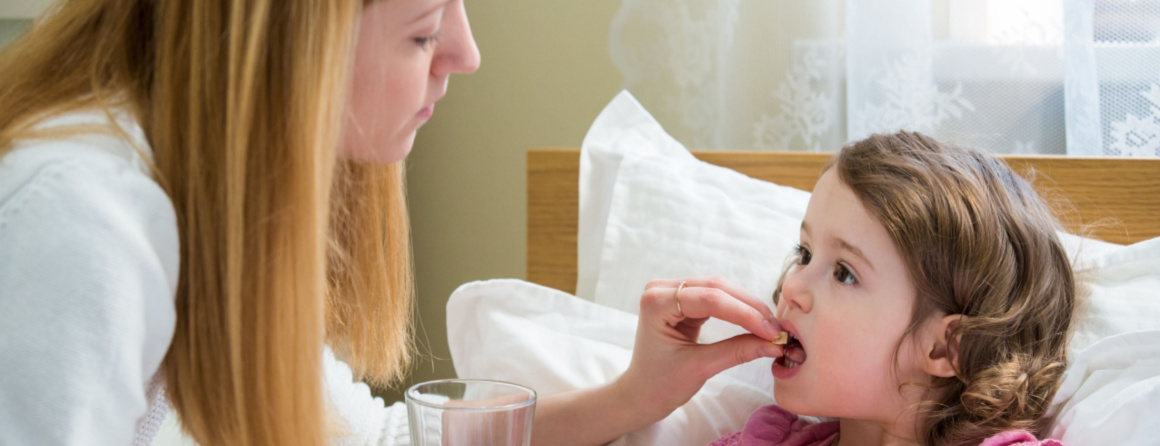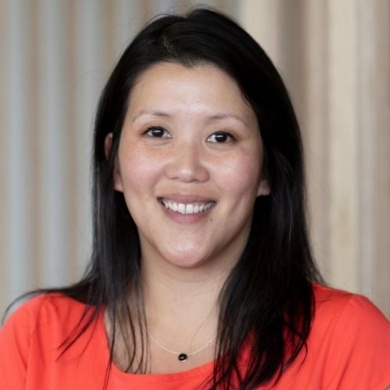Project to better treat children with bone and joint infections

A Murdoch Children’s Research Institute project has secured funding for research that aims to better treat children with bone and joint infections through early antibiotic treatment.
Associate Pr ofessor Amanda Gwee received the $236,218 HCF Research Foundation grant for her trial, which will test if oral antibiotic treatment alone is a safe, effective and cost-effective alternative to the current standard of care which involves all children receiving intravenous (IV) therapy in hospital followed by oral antibiotics.
ofessor Amanda Gwee received the $236,218 HCF Research Foundation grant for her trial, which will test if oral antibiotic treatment alone is a safe, effective and cost-effective alternative to the current standard of care which involves all children receiving intravenous (IV) therapy in hospital followed by oral antibiotics.
Bone and joint infections are common in children and those living in resource-poor and remote settings have the highest complication rates.
“This approach will enable Australian children to be treated at home for their bone and joint infections and improve their quality of life,” she said. “We also hope that it will prevent complications related to intravenous lines, such as infections and blood clots, and reduce the socioeconomic costs of long hospital stays.”
Overall, the trial will involve 214 children, aged 1-18 years, with acute, uncomplicated bone and joint infections, and will be run in eight paediatric centres across Australia and New Zealand.
The funding from the HCF Research Foundation will enable the trial to be extended to include two additional hospitals – Royal Darwin Hospital and Queensland Children’s Hospital – and hopefully ensure the findings are put into practice.
Currently, intravenous treatment is always used for bone and joint infections to ensure that adequate amounts of antibiotic reach the site of infection. In an otherwise healthy child, appropriate doses of oral antibiotics might be able to achieve this too.
“Using modelling, we have shown that high-dose oral antibiotic cefalexin achieves adequate antibiotic levels for bone and joint infections in over 90 per cent of children and is a promising alternative to IV treatment,” Associate Professor Gwee said.
“By eliminating the requirement for IV access, we will prevent related complications and potentially reduce hospital length of stay by around three days. This equates to a $200,000-$300,000 per year reduction in treatment costs for bone and joint infections per health facility in Australia.”
Associate Professor Gwee said she hoped this study would improve the treatment for children with bone and joint infections and reduce complications.



